
March is Women’s History Month. We’re celebrating with these historical novels featuring real-life women whose stories reveal life in the past.

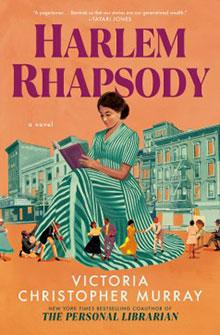
Harlem Rhapsody by Victoria Christopher Murray
In 1919 Harlem, literary editor Jessie Redmon Fauset is at the forefront of a Black cultural renaissance, discovering talents like Langston Hughes and Nella Larsen, but her ambition and a secret affair with W.E.B. Du Bois threaten her legacy.

The Secret War of Julia Child by Diana R. Chambers
Before she became a culinary icon, Julia Child worked for America’s first espionage agency. The Secret War of Julia Child follows her journey from Pasadena socialite to Washington file clerk to head of the OSS’s secret File Registry. Her wartime service takes her to Ceylon, India, and China, where she discovers adventure, purpose, and love with mapmaker Paul Child.
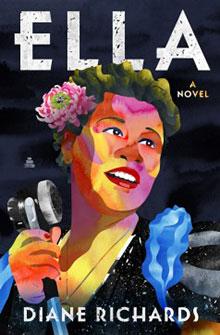
Follows the life of legendary singer Ella Fitzgerald from her escape from an infamous training school/prison that forced her to dance on the street for money to her 1934 first amateur appearance at the Apollo Theatre.
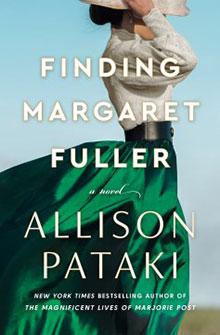
Finding Margaret Fuller by Allison Pataki
Describes how Margaret Fuller became the beating heart of the Transcendentalists, becoming a role model to Louisa May Alcott, an inspiration to Nathaniel Hawthorne and a muse to Henry David Thoreau as he headed into the woods.
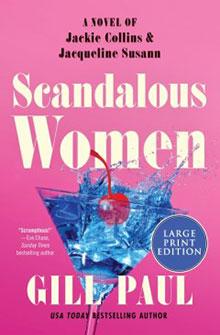
In 1965 NYC, editorial assistant Nancy White is ill prepared for the rampant sexism she encounters while working with authors Jacqueline Susann and Jackie Collins, who, due to their scandalous and controversial novels, fight to succeed in a man’s world while desperately trying to protect those they love most.

In 1958 Venice, Peggy Guggenheim, heiress and art collector, reflects on her nearly impossible journey from her old-fashioned Jewish family in New York to Italy, during which she navigated glamorous but sexist and anti-Semitic art worlds and met numerous men who loved her (and her money) while underestimating her intellect, talent and vision.

The Queen of Sugar Hill by ReShonda Tate Billingsley
The first African-American woman to win an Academy Award, Hattie McDaniel, when the Oscar curse sets in, is thrust in the middle of two worlds—black and white—and is not welcomed in either but, through it all, continued her fight to pave a path for other Negro actors.
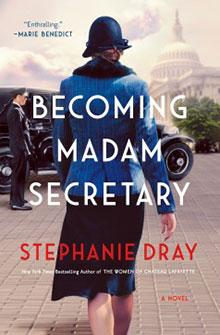
Becoming Madam Secretary by Stephanie Dray
Describes how Frances Perkins met a young lawyer named Franklin Delano Roosevelt in turn-of-the-century New York and, despite initially not getting along, the pair formed a historic partnership that led them both to the White House.
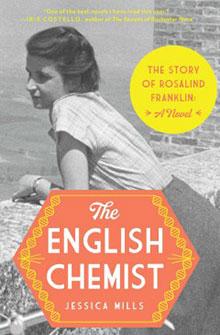
The English Chemist by Jessica Mills
Shares the controversial story of one of the twentieth century’s most famed scientists, Rosalind Franklin, who discovered the two-chain helical structure of DNA in 1952, but was then cheated out of the Nobel Prize.



